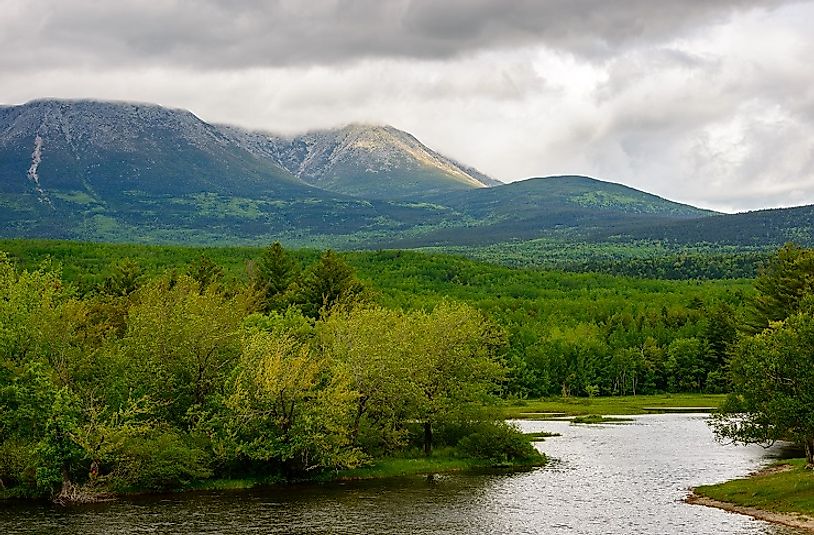Where Do The Longfellow Mountains Rise?

5. Description
The collective ranges and mountains located in the northwest of Maine were given their name after the famous poet Henry Wadsworth Longfellow, who hailed from this region. The Longfellow Mountains extend from the border with New Hampshire in the northeast direction to the Canadian provinces of Quebec and New Brunswick. It is formed by many clustered smaller ranges, and the ridges are seen with many high summits in the area. The Appalachian Mountains are the larger range of which those known as the Longfellow Mountains in the state of Maine are merely an extension of. The Longfellow region has many notable peaks, such as those of Big Squaw Mountain, Boarstone Mountain, and White Cap Mountain.
4. Historical Role
This name was given to the range by the Maine State Legislature in the year 1959 to the collective mountain ranges and the peaks which were located in the northwestern portion of the state of Maine. But for the travelers and hikers here, the collective name caused difficulty, as they were not able to distinguish the boundary lines. Many glacial processes have taken place in the region over the last 3 million years, and in these mountain ranges the glaciation caused them to form large gorges. The species living in the area extending from the north to south of the region experienced a cycle of regional isolation, and even their attachment to the newer populations of wildlife is relatively minimal. There have been several publicly-owned nature reserves established in the higher ranges and summits in this area of Maine.
3. Modern Significance
The Longfellow Mountain range also carries a level of importance in modern factors, as it has become a hot spot for hikers and people who are fond of skiing. Most of the region is owned by private people, however, and it is the main source of timber lands in the state and one can find logging trucks ferrying their cargo across the area. The mixed forest area situated here is used for commercial and recreational purposes alike. The area known as "Ski Maine" is worth a visit for skiing because the Longfellow Mountains are known for their excellent downhill skiing. Most of the travelers here can be found located in the same skiing region that comes to enjoy its beautiful surroundings, evergreen forest areas, and blue water lakes, all of which which provide for lovely sights.
2. Habitat and Biodiversity
The habitat of the area is mostly found in the forest region, where it is seen that nearly 30,000 moose are found in the Maine North woods areas. Even while traveling, one may spot Eastern Black Bears, Loons, Sing Campers, and Bald Eagles in this area from the road. Rare species of reptiles and insects, like the Katahdin Arctic Butterfly, are also seen in this area. The Katahdin Arctic butterfly is mostly seen in the highest points of the Longfellow Mountain range.
1. Environmental Threats and Territorial Disputes
The gravest prospective threats faced in the Longfellow Mountains arise from encroachments made by humans upon natural habitats, the usage of the land for private purposes (especially for the timbering of the woods in the area), and pollution. These woods also suffer from the swarms of the insects found in the area, especially in the early summer and late spring season. Meanwhile, excessive or irresponsible use of the area for recreational purpose also poses threats to its environs. Many private and public contractors throng the area, and the natural resources are exploited to an extent as they construct buildings and infrastructural components.







